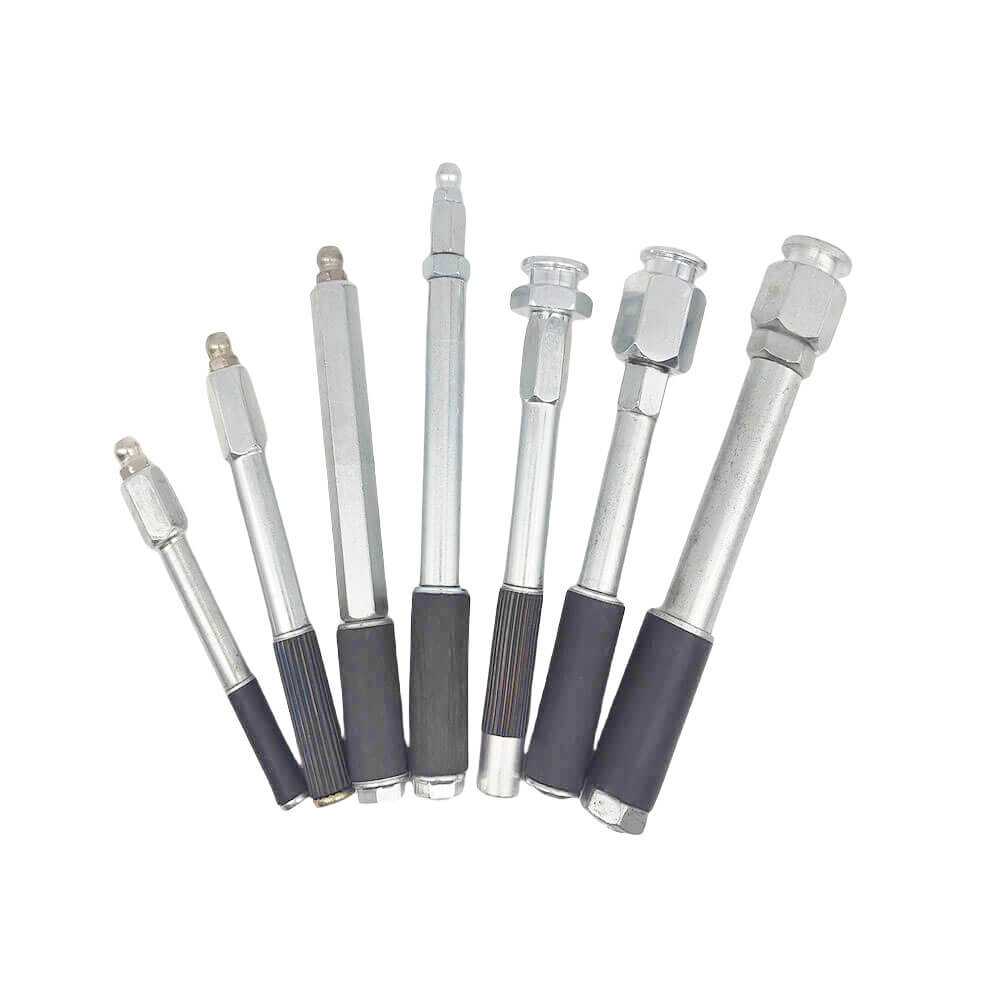Chemical grouting is a sophisticated method for strengthening ground structures and crack injection, effectively transforming them into robust formations similar to sandstone.
This technique involves the meticulous infusion of voids with a low-viscosity, non-particulate grout using injection lances. Initially, injection lances are strategically positioned and anchored into pre-drilled holes. Subsequently, the grout is pressurized and injected through these packers. As it permeates the substrate, the grout undergoes solidification, resulting in the formation of a sturdy, sandstone-like mass. The treated terrain exhibits heightened resilience, rigidity, and reduced permeability.
The use of chemical grouting offers several advantages. It is particularly well-suited for confined spaces with limited accessibility as it eliminates the need for a structural link to the underlying substrate. Common applications include providing reinforcement during excavation ventures and fortifying existing structures near excavation sites. Furthermore, this method seamlessly integrates into ongoing facility operations without causing disruptions.
Some additional features of chemical grouting include its versatility in various soil conditions beyond sands with low fines content, its environmental friendliness due to minimal disturbance to surrounding areas and reduced need for heavy machinery compared to traditional methods, its tendency to result in long-term durability of solidified sandstone-like masses which provide lasting support to structures and excavations, as well as its cost-effectiveness compared to alternative methods due to requiring fewer resources and being completed more swiftly.
Overall,chemical grouting offers an efficient solution for altering granular soils while minimizing disruption and maximizing durability at a cost-effective rate.

